
Photography & Video Capturing Moments in Time

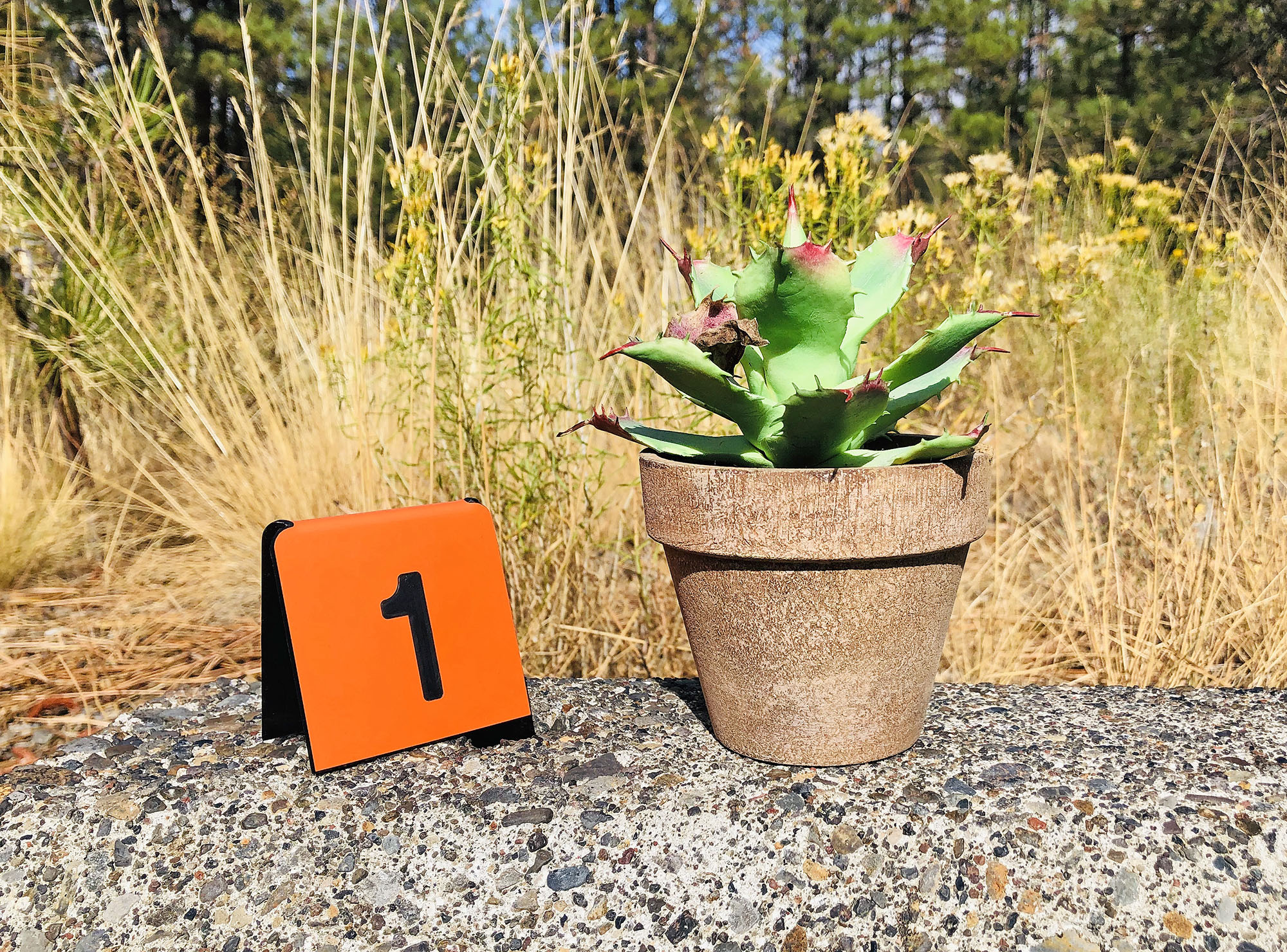
Photography & Video Objectives
- Describe different ways photographs are used in science and apply photographic principles to capture information about organisms and their environment.
- Describe the climate and soils of desert ecosystems, including the significance of microhabitats.
- Provide examples of succulent plants, including where they store water and the leaf modifications of cacti species.
Science photos are forms of data that can reveal hidden worlds and extend the potential of human observation. Photography is used extensively in science.
Microscope Photography
Since science is based on observation and organism structures can be quite small, magnification has been key in understanding biological phenomena
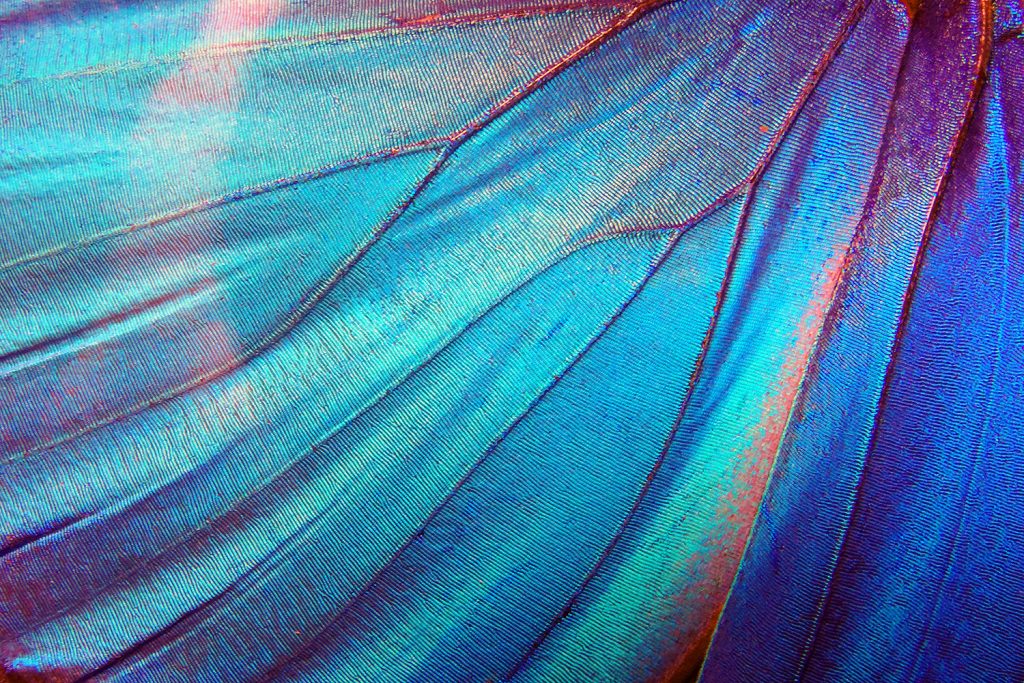
Light (optical) microscope
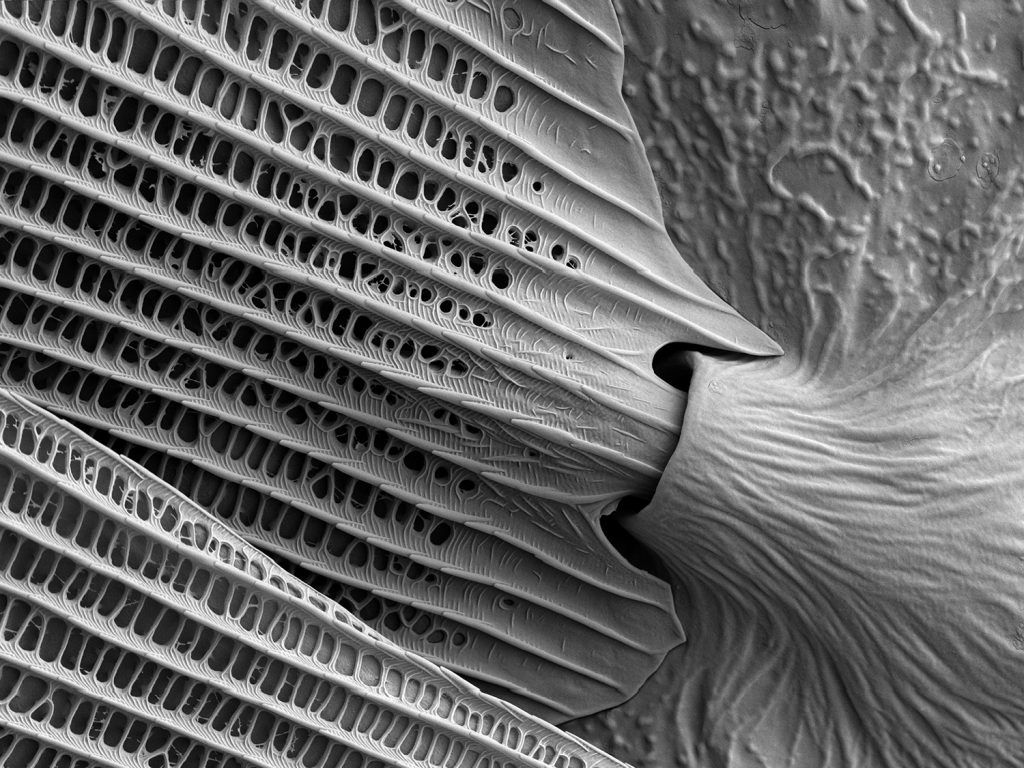
Electron microscope
Special Microscopic Imagery
In addition to enhanced magnification, special techniques can illuminate features that would otherwise be undetected by the human eye.
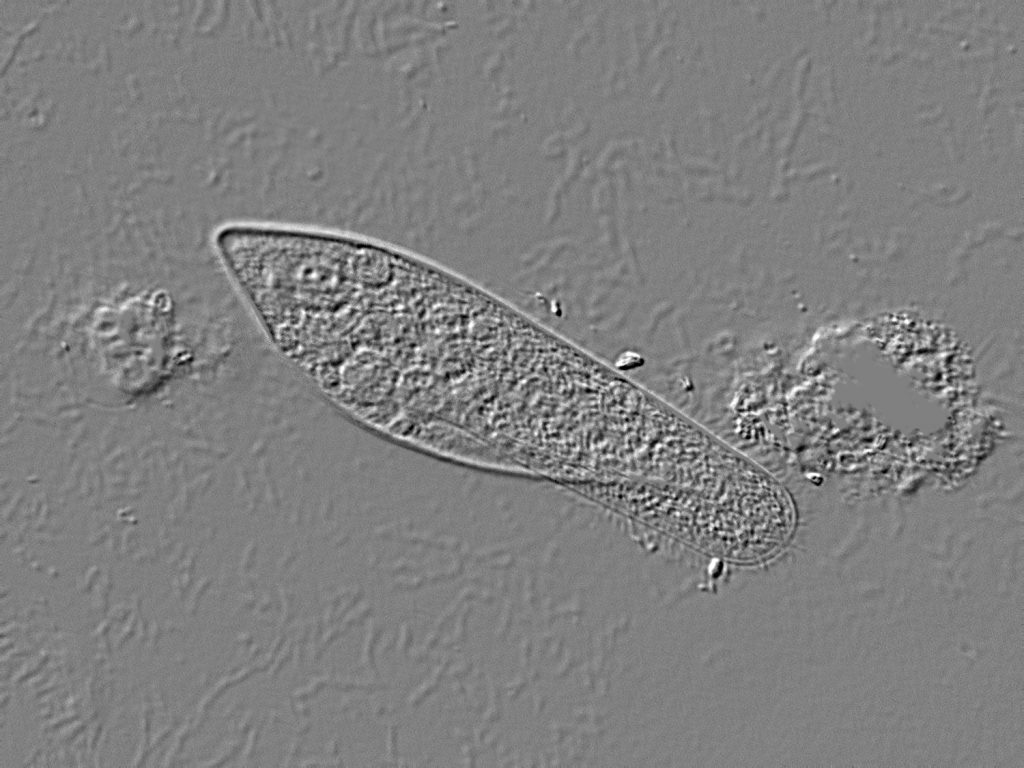
Live-cell imaging
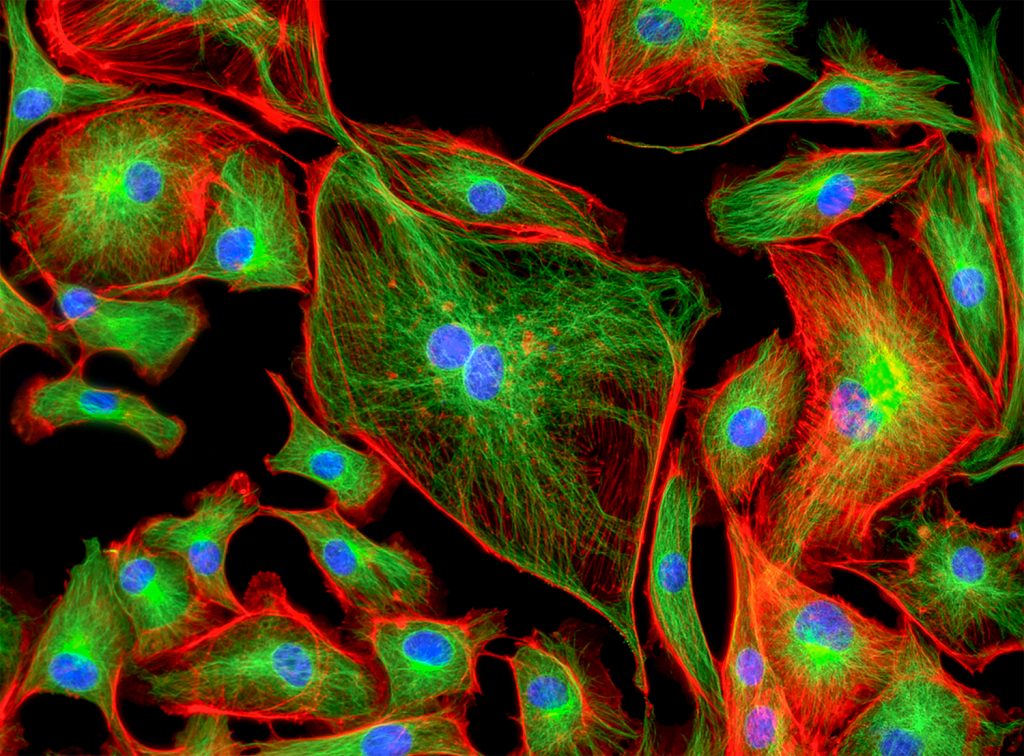
Fluorescence
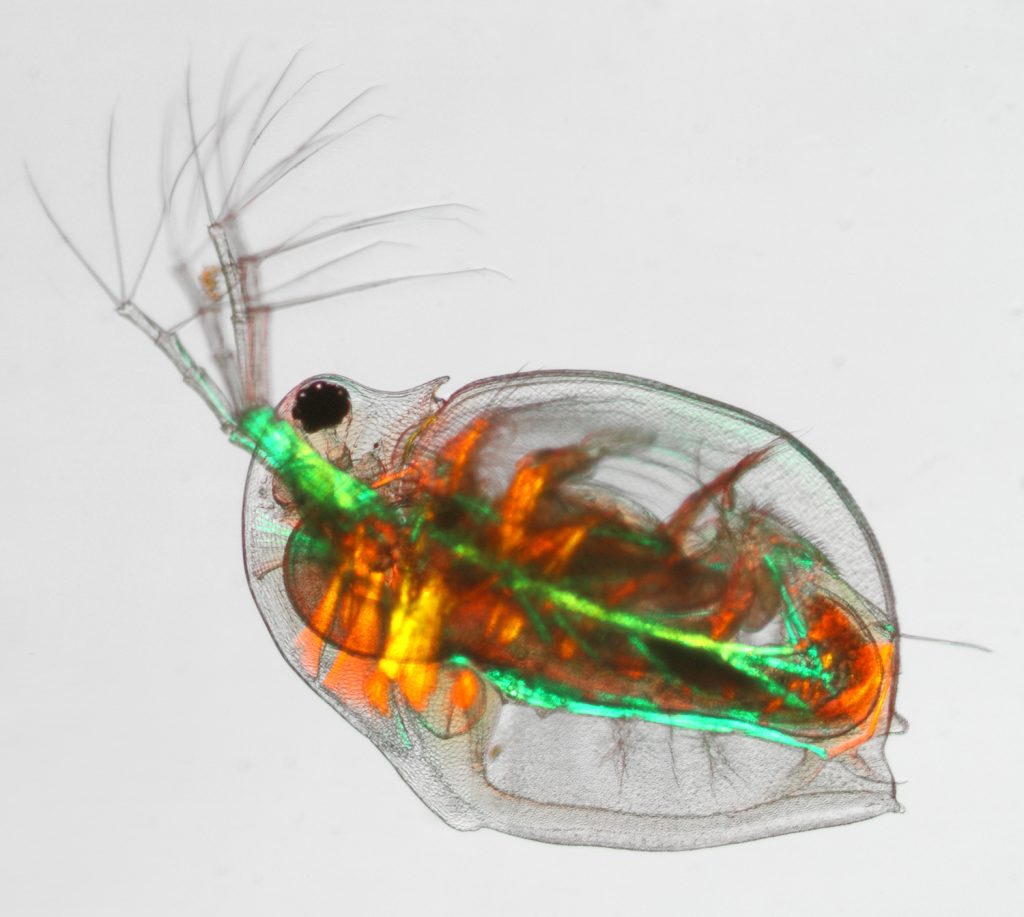
Polarization
Telescope Photographs
Observatories and space-based telescopes have extended photographs beyond the visible spectrum.
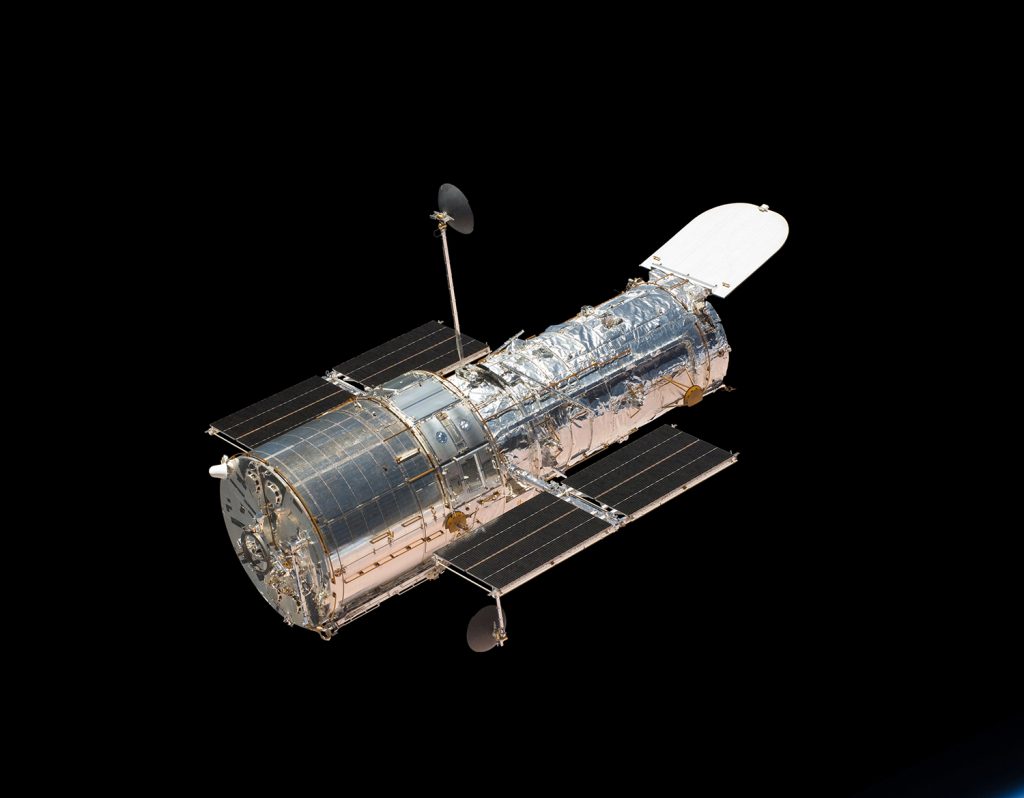
The Hubble Telescope
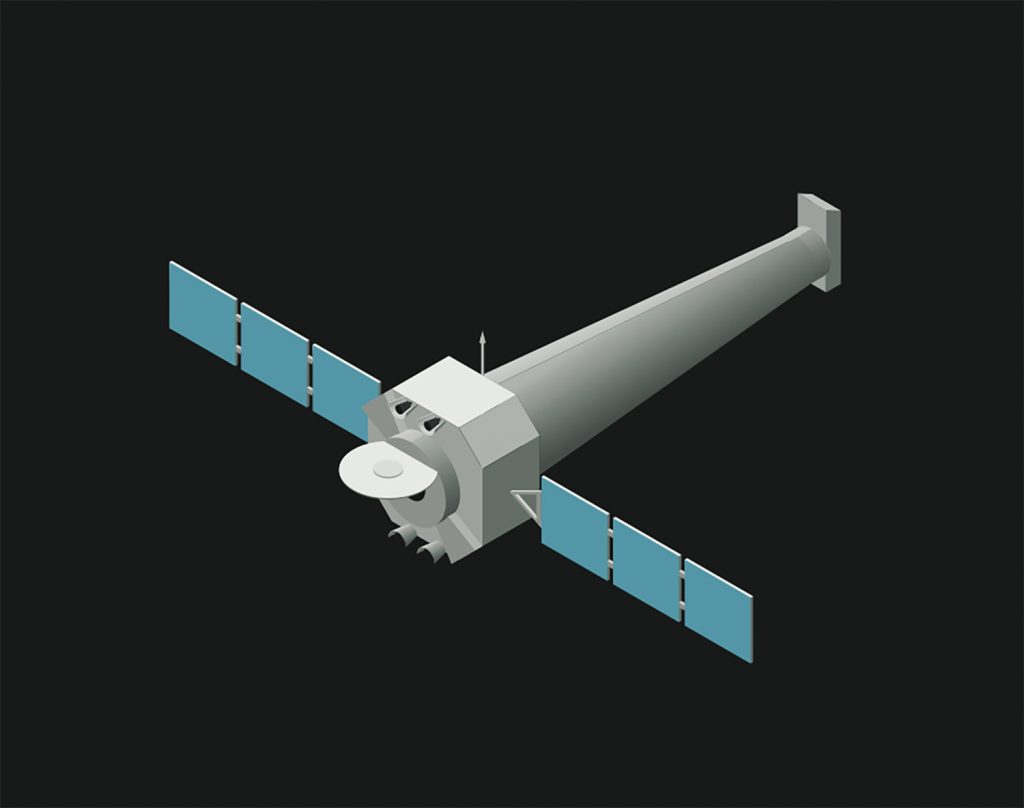
The Chandra Observatory
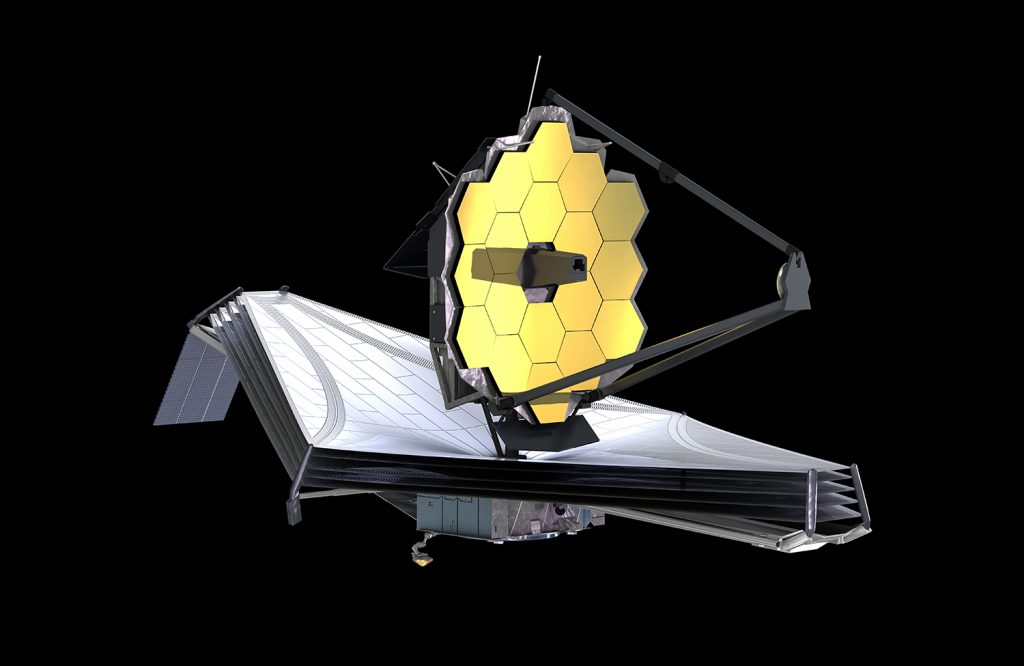
The Webb and Spitzer Telescopes
Photo Basics
Effective photos and videos convey information and basic planning can result in quality data and stories.
This is our list: add to these based on your own experiences.
To-do in advance: Tasks to complete prior to photography and video projects
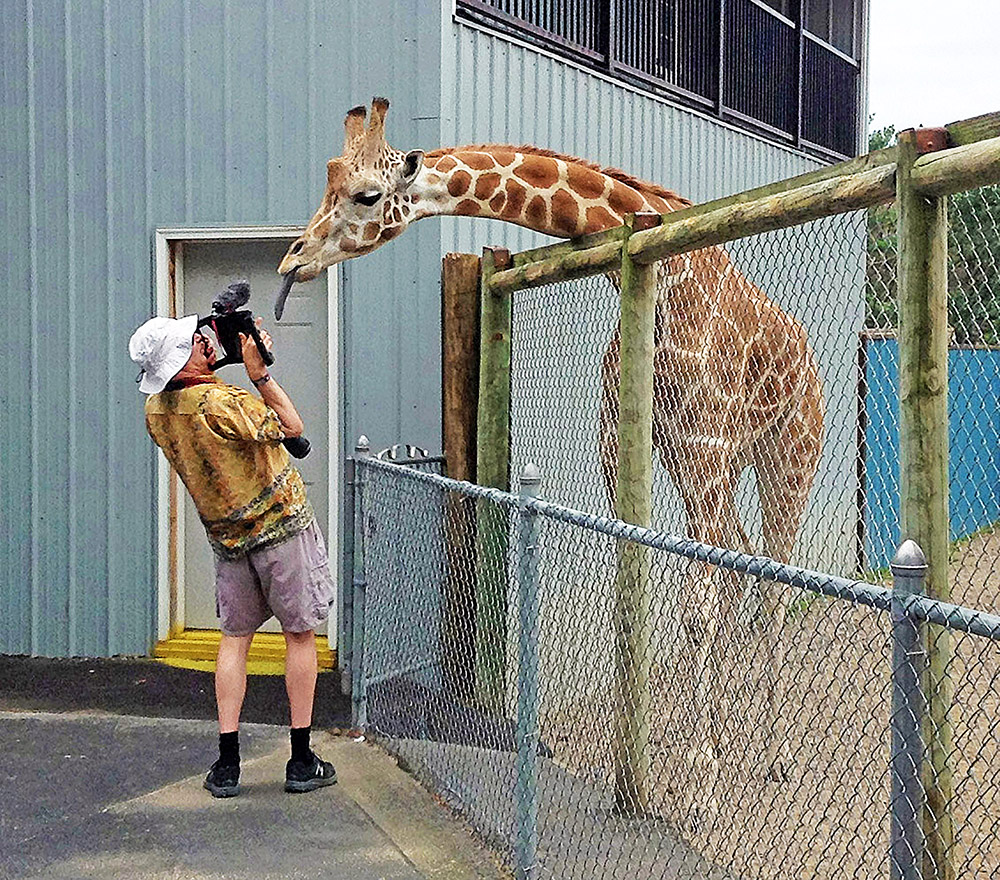
Know Your Gear

Know Your Subject
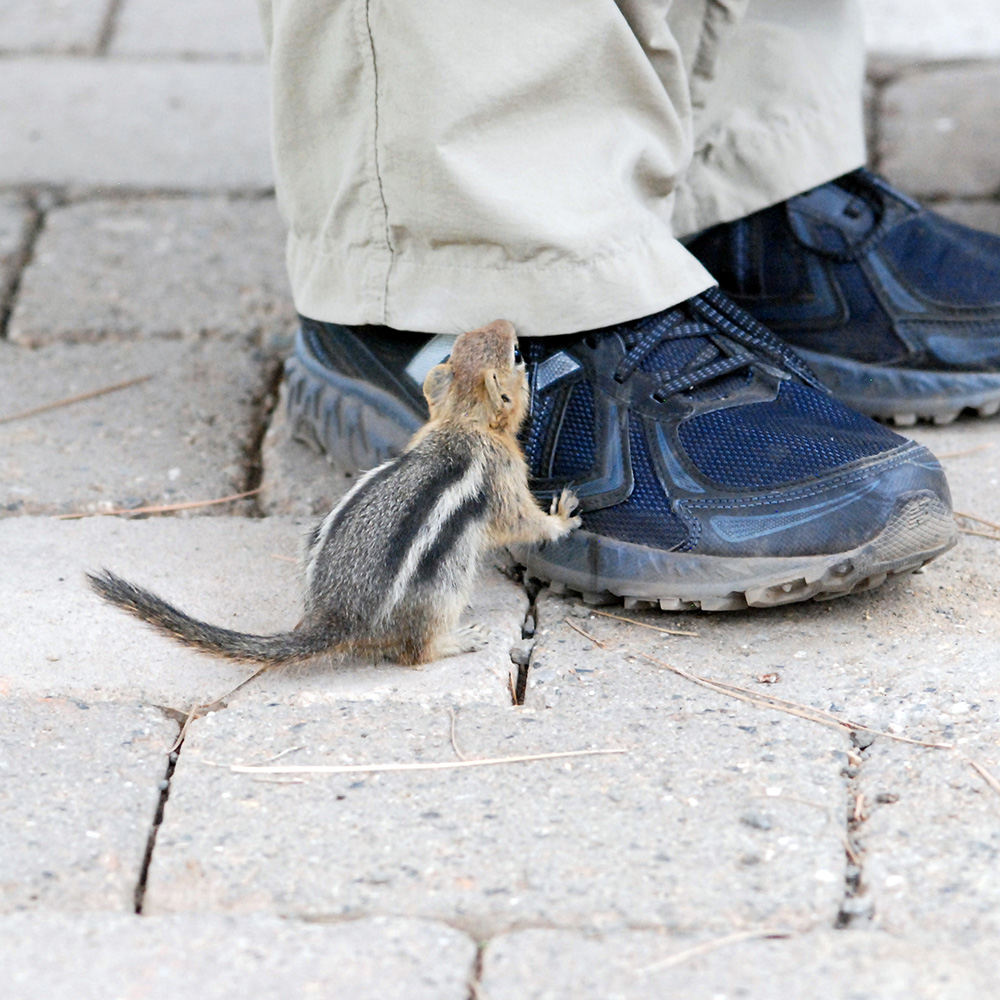
Carry Your Camera
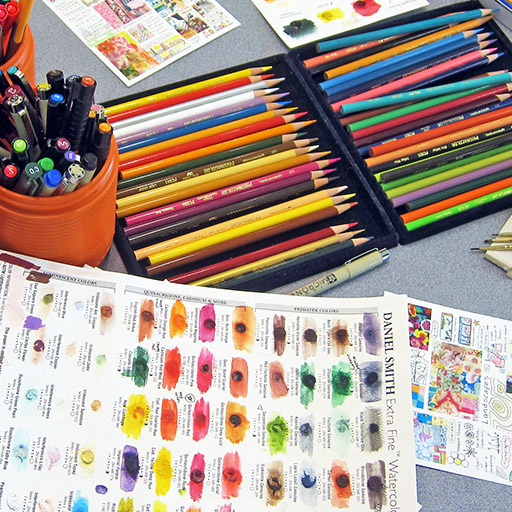
Alternate Activities
To-do while photographing and videoing: Review this list periodically to be prepared to capture organisms in action
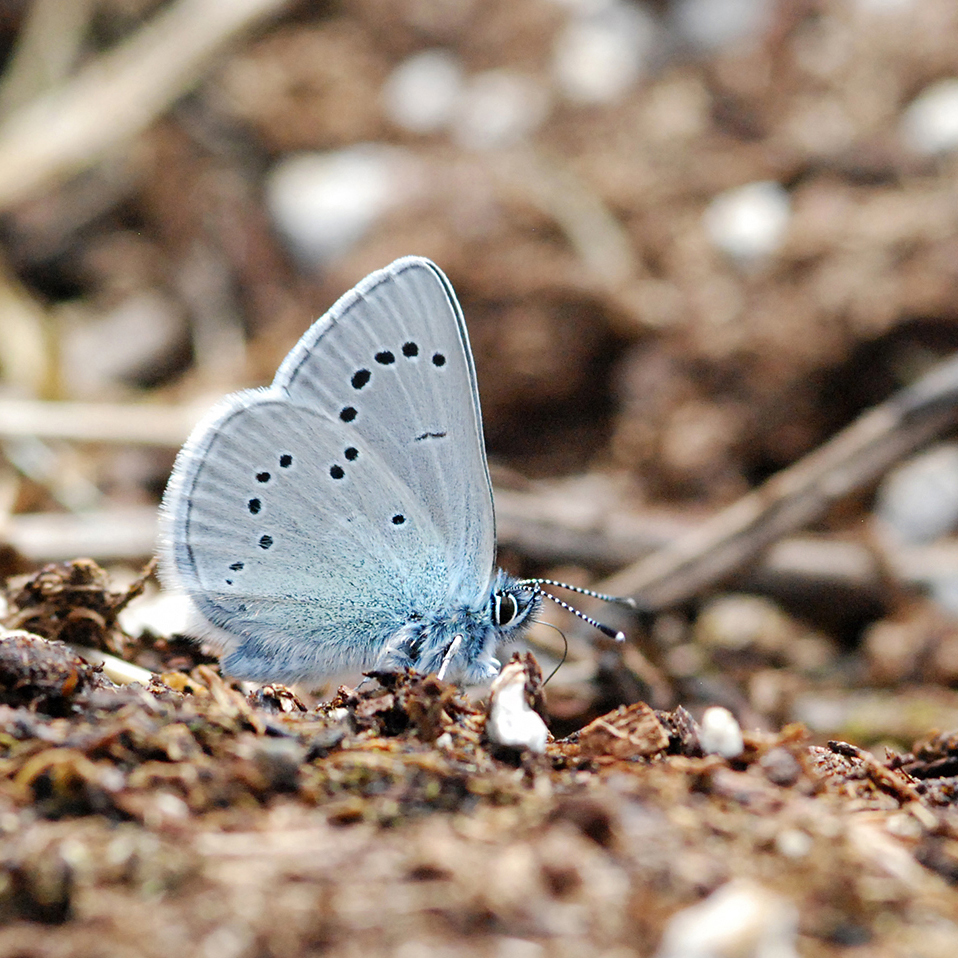
Pick Good Light
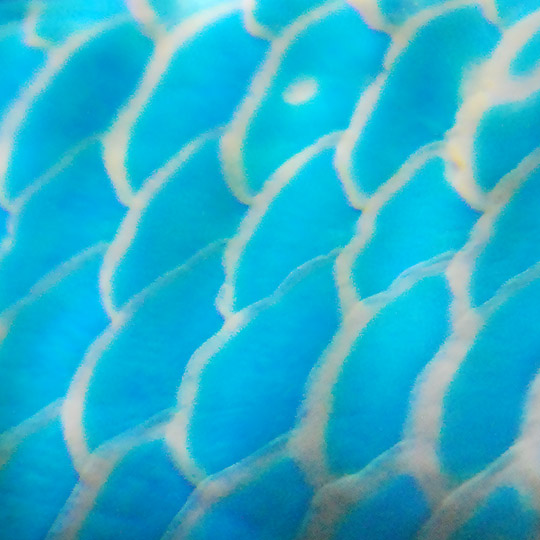
Numerous Photos
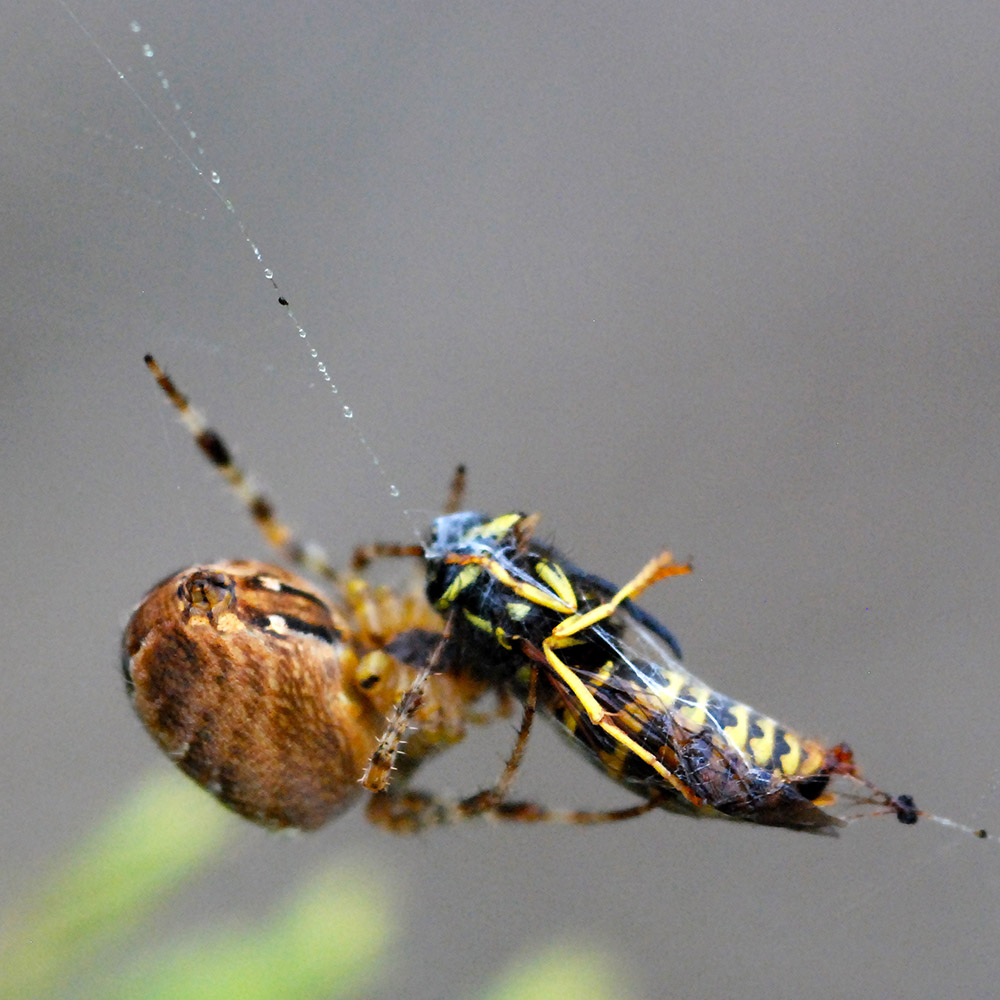
Different Perspectives
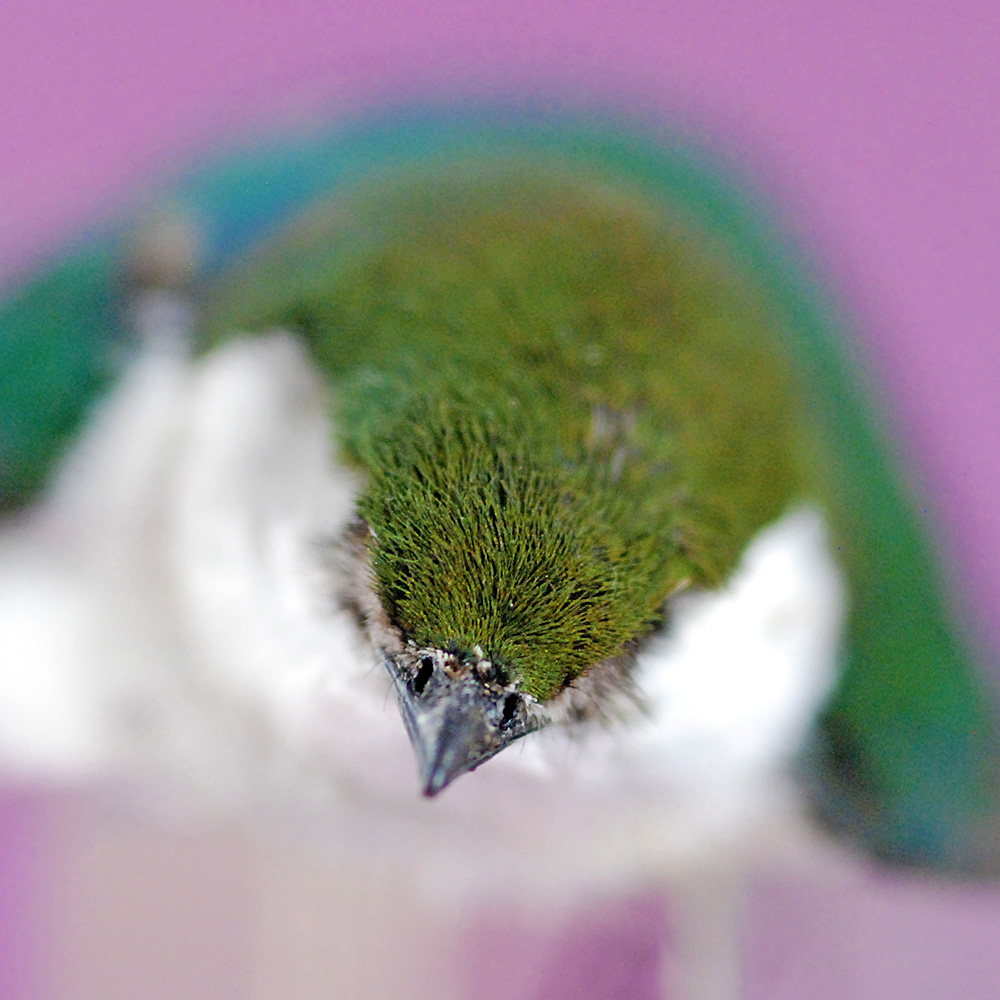
Different Lenses & Filters
This week’s “recitation” media piece involves heading back out and the field and taking photos from different views. You may want to visit that assignment before heading to the next technology topic.
Photography and videoing are merging now that you can catch high resolution screen grabs from a video. You can modify a smartphone to capture slow motion views not detectable with the human eye.
Desert Ecosystems
We are taking our photography skills into desert ecosystems.
This video introduces general climate characteristics of deserts.

At which latitude (north and south) would you expect to find deserts?
Besides latitude, what else can cause a desert to form?
The Sahara Desert is an example of an “arid” dry desert. Many deserts are “semi-arid” with a bit more moisture.


Rain is infrequent, and the lack of atmospheric moisture leads to extreme swings between daytime and nighttime temperatures.
High winds move the minimal topsoil primarily comprised of eroded minerals, creating unstable conditions for organisms.

The seeds that produced these desert plants landed in just the right place to germinate.
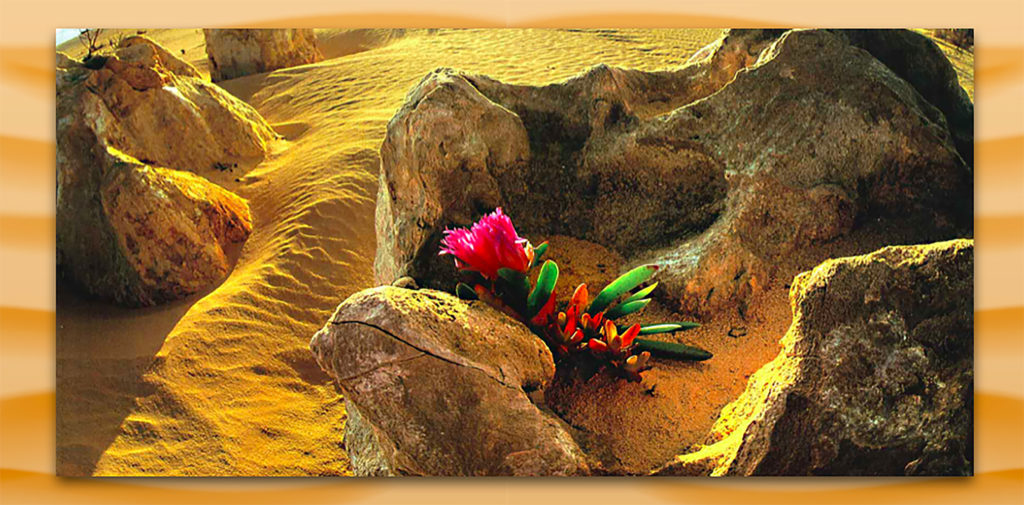
Think about what this plant has: shade from the sun, protection from the winds, dew that condenses on the rocks.
This is a microhabitat, a location within a larger ecosystem that has specific conditions.
Within a microhabitat, organisms are often in a more specific niche where they actually live.
As an analogy, your town may be the ecosystem, you may spend a lot of time in the “microhabitat” of your home, but your niche may be a favorite chair in a room.

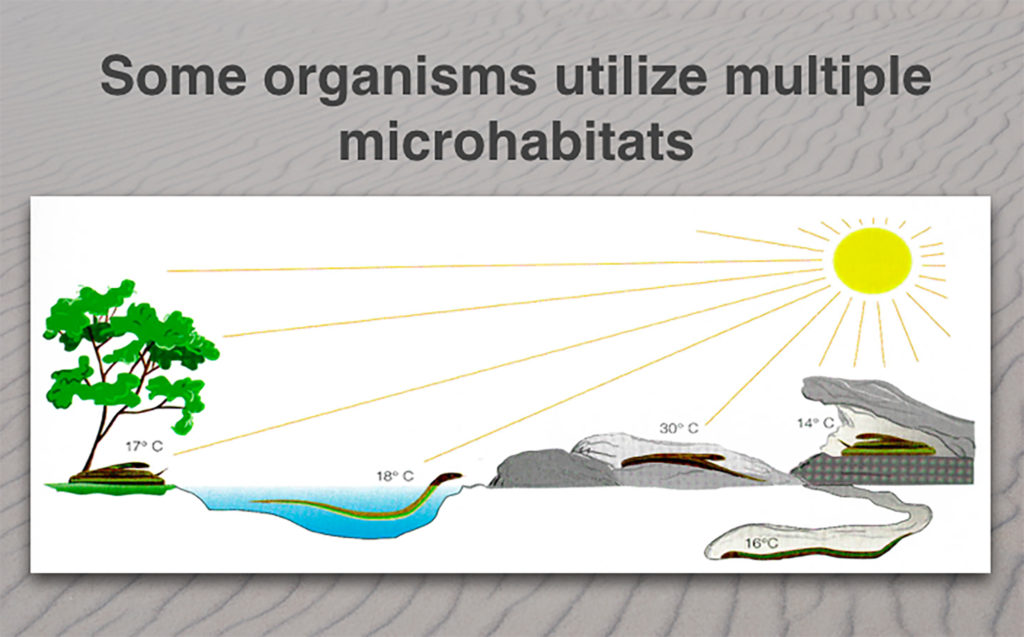
Organisms that can move may move to different microhabitats, like a cave in a desert, or underground.

On of the most beloved of desert organisms is the meerkat of the Kalahari Desert, made famous by the movie and series “Meerkat Manor.”
If you haven’t seen it (be warned), many of the animals die in the harsh desert environment.
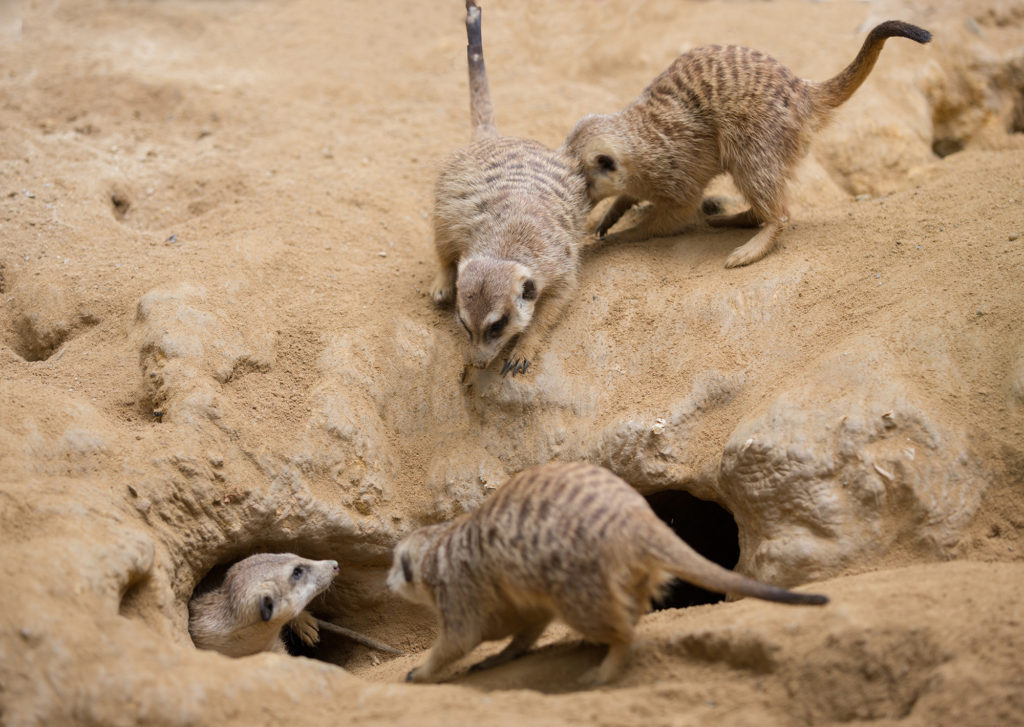
Meerkats are highly social and often live in underground burrows, or microhabitats, for protection. They also store food and raise their young in these shelters.
This looks cute, but these exposed meerkats are huddling together for warmth in an unexpected rain shower.
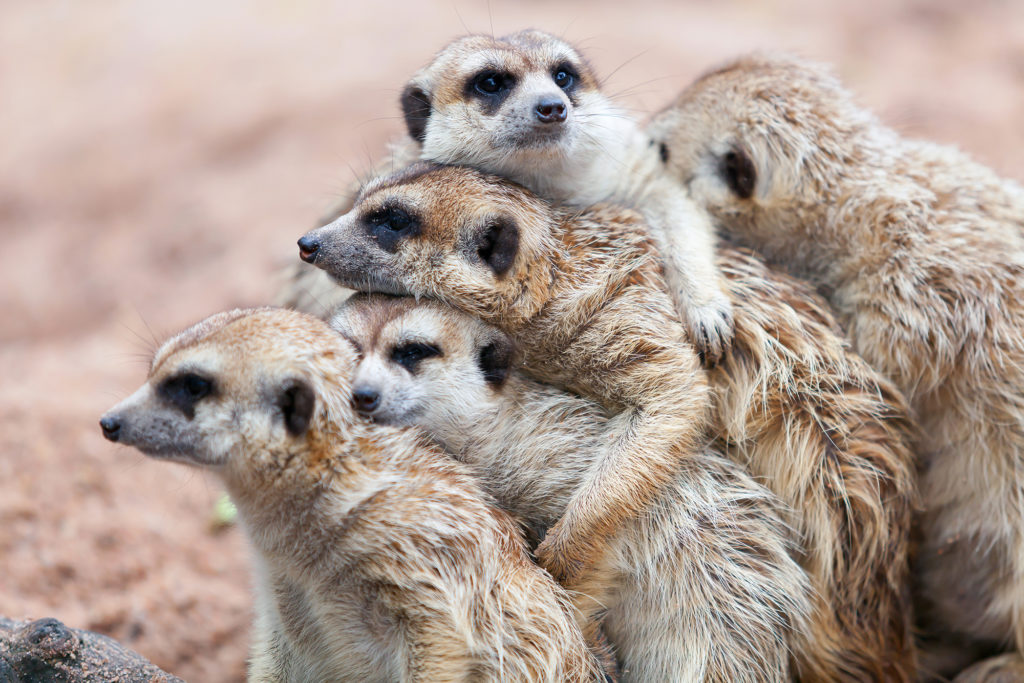
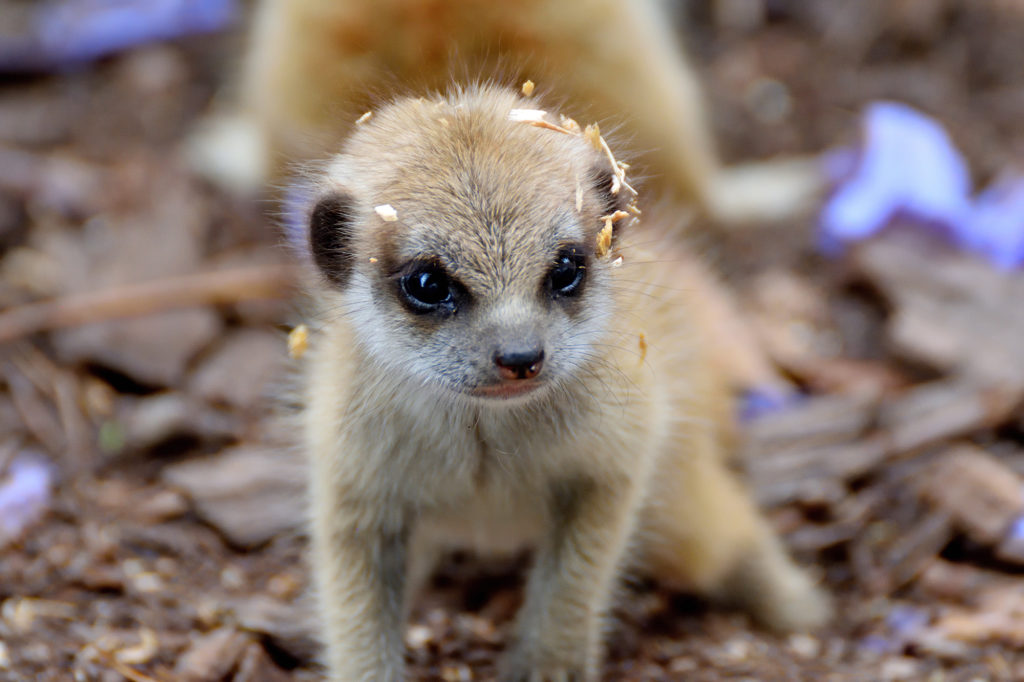
Survival of young meerkats is dependent on food and shelter.
The photo on the right is taken at a zoo where nutrition and climate are carefully controlled, resulting in a successful, but small-scale, breeding program.
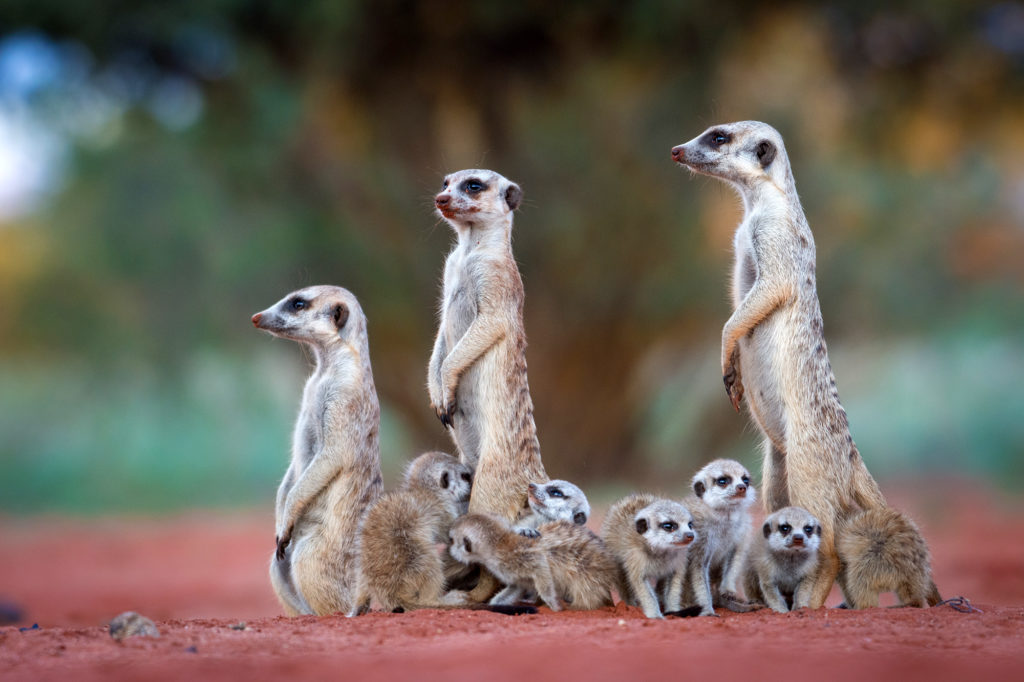
Succulents
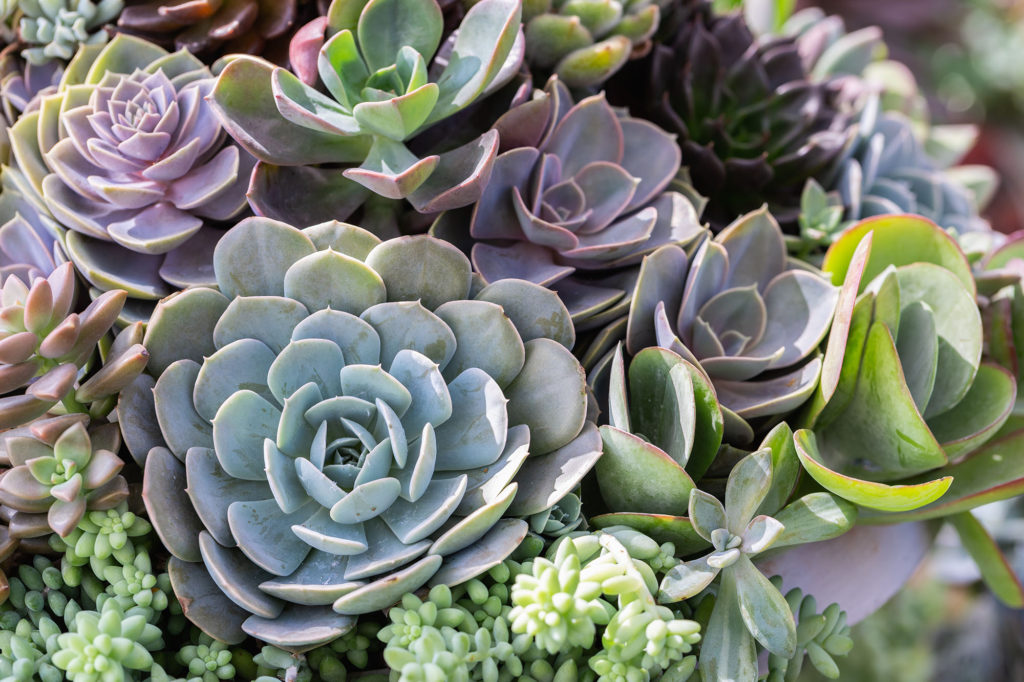
Succulent plants store water in their leaves, stems, and/or roots, enabling them to survive in dry habitats.
This video shows some of the desert succulents commonly kept as house plants.
Aloe vera is one of the best known succulents that stores moisture in its leaves. The fluid also contains chemicals used in cosmetics and to treat minor skin irritation.
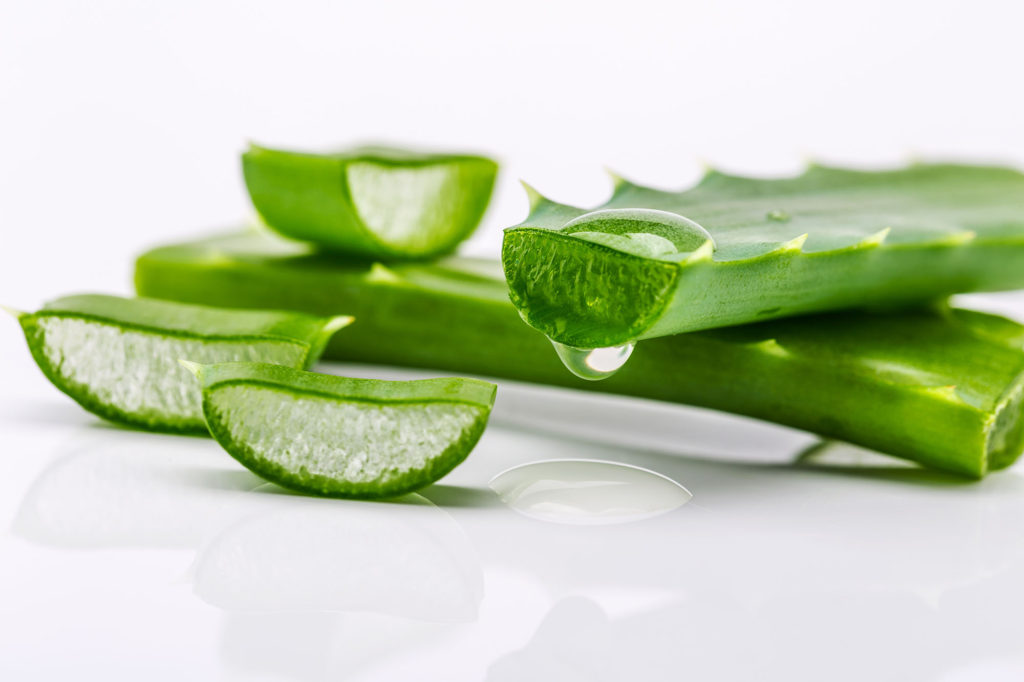
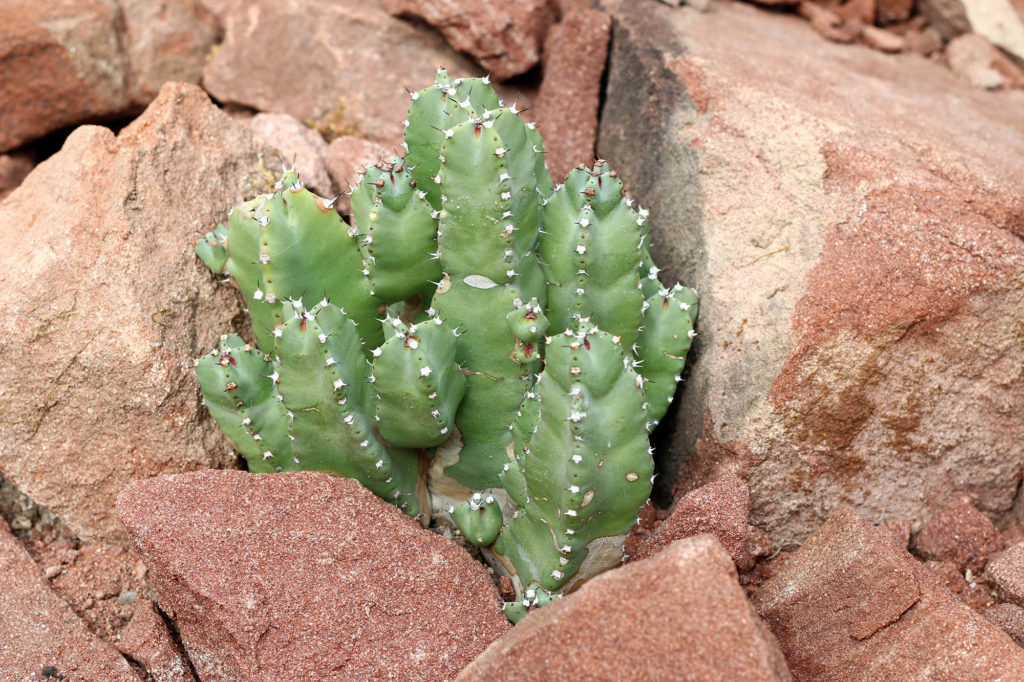
Why may this euphorbia seed have germinated into a plant in this location, in contrast to seeds that may have landed in other places and died? (hint: think characteristics of its niche).
Succulents are often exposed to bright light, high winds, and extreme temperatures. In addition to “cushion” rounded shapes that reduce exposed surface area, some other structural adaptations can be observed.
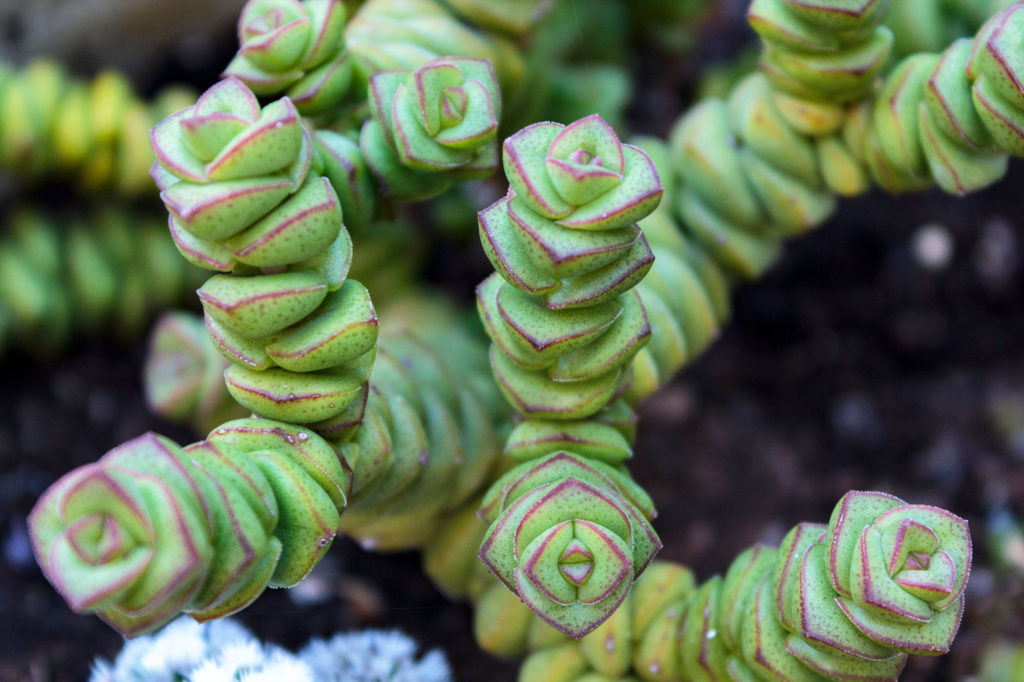
Stacked leaves reduce exposure to elements.
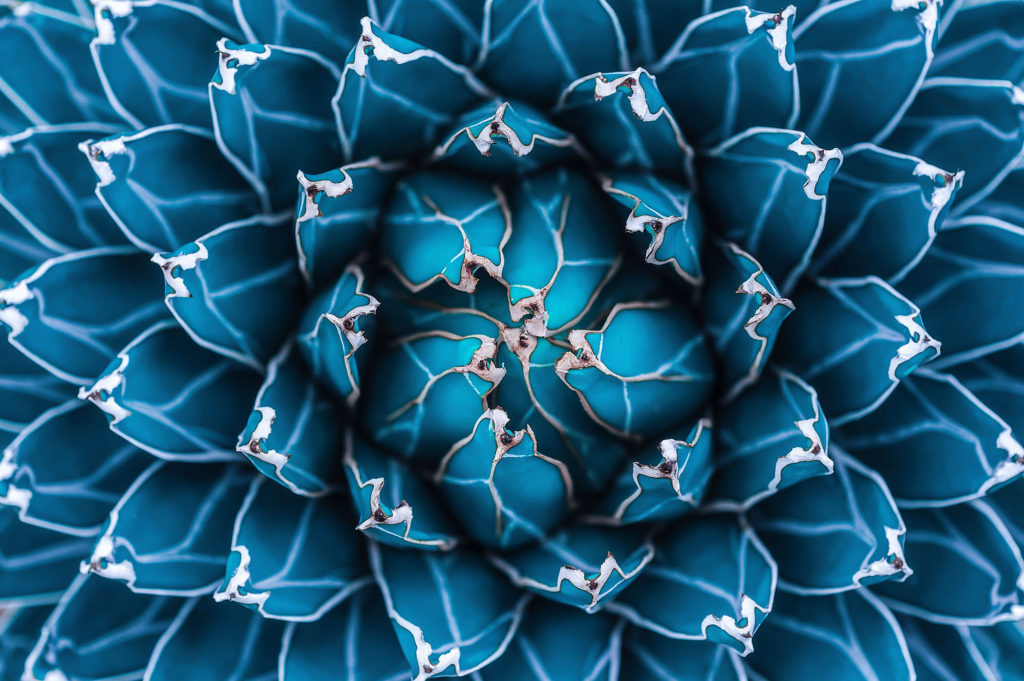
Rosettes can funnel any available moisture to roots.
We have examples of succulent plants in this week’s lab and also videos on this week’s lab webpage.
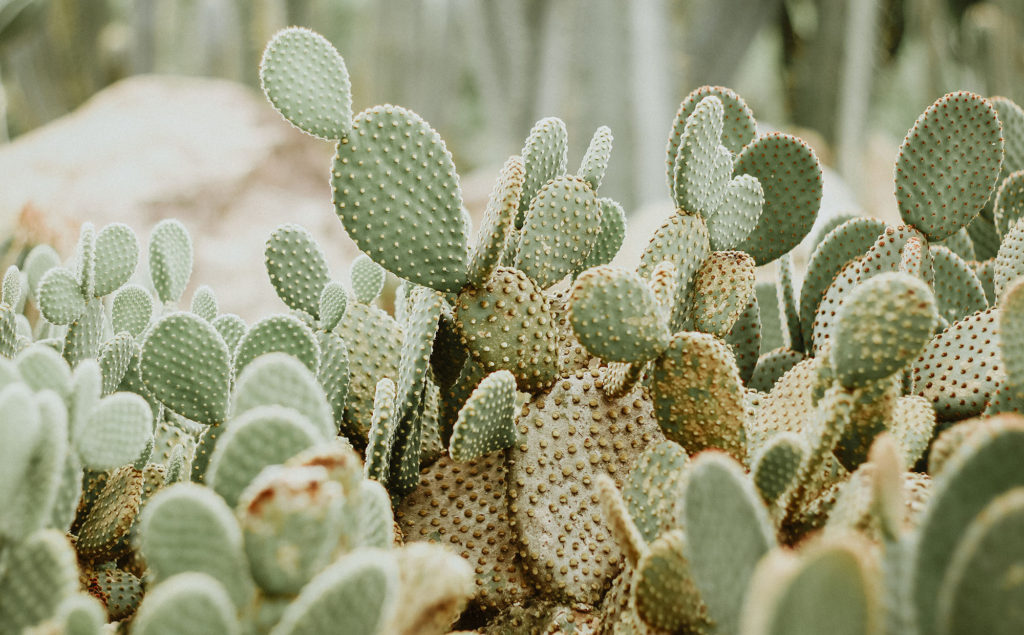
Cacti are over 1500 species of succulents that share ancestry and structural characteristics.
Most cacti have spines that are highly modified leaves. They grow out of a small padded area (white in the photo) that also sprouts flower buds.
Water is stored in the stem, the primary part of the cactus we see.
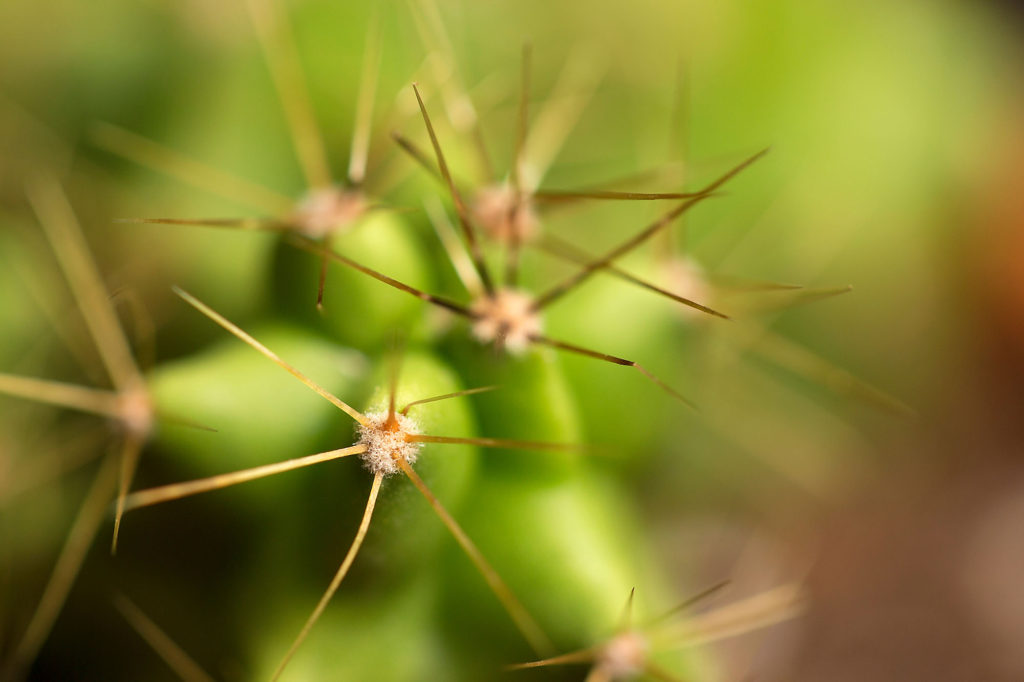
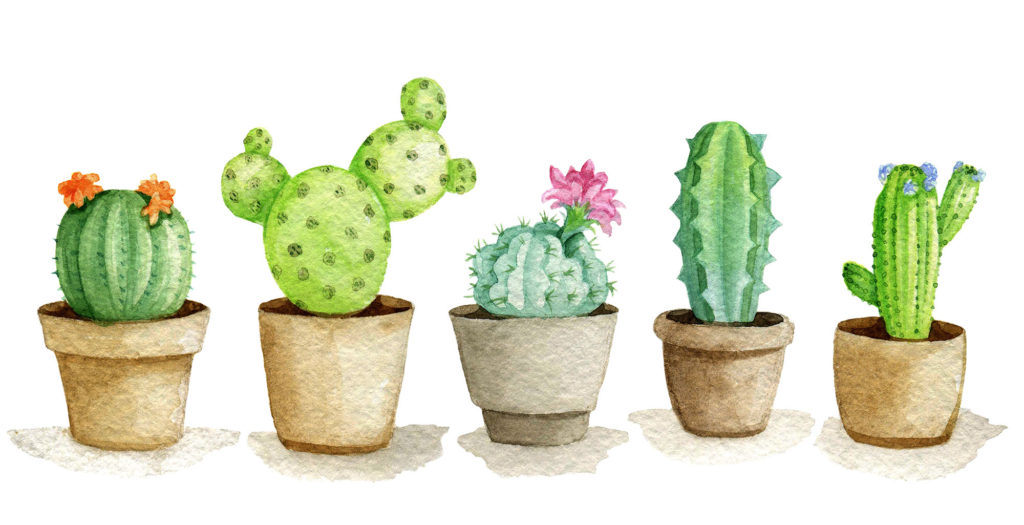
Where is photosynthesis occurring in a cactus?
Why are the spines important to the cactus?
answers:
stem, repel herbivores
The next section introduces additional technologies, including satellite views and animal tracking.

Check your knowledge. Can you:
- describe different ways photographs are used in science and apply photographic principles to capture information about organisms and their environment?
- describe the climate and soils of desert ecosystems, including the significance of microhabitats?
- provide examples of succulent plants, including where they store water and the leaf modifications of cacti species?



